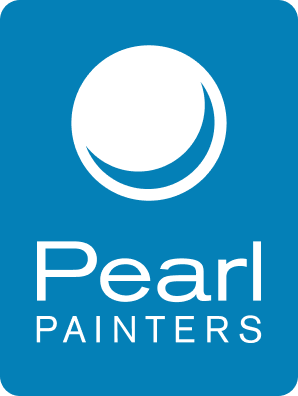Selecting the right paint finish (or sheen) is a critical aspect of any painting project. The finish impacts not only the aesthetic appeal but also the longevity and durability of the result. As professional painters, we recognize the importance of informed decision-making, which is why we’re here to provide expert guidance tailored to your specific needs and preferences.
This isn’t another generalized, oversimplified guide to paint finishes. We won’t tell you what finish to choose for your bathroom, because in short: it depends.
This is what you REALLY need to know in order to make the perfect paint selection for your space.
Understanding Paint Finishes
When it comes to paint sheen, there’s a spectrum – from flat to satin all the way to high gloss. Flat and matte offer little to no reflective qualities, eggshell and satin finishes typically have a modest sheen and good coverage, and semi-gloss and high gloss are durable and highly reflective.
Each type of finish has its positives and negatives, its own set of pros and cons. There are multiple elements of a project to acknowledge, such as how much wear and tear the area to be painted will be likely to receive and the nature of the surface to be painted (wood with a strong grain? plaster?). These all need to be taken into account to determine the best paint finish for the job.
This is where things can get complicated: not only are there numerous factors to balance in relation to the space being painted, there’s also the variability in finishes among manufacturers and product lines. It’s not just choosing the right finish for the project – it’s also understanding that each manufacturer has variations in how they define that particular finish.
At Pearl Painters, we prioritize understanding your goals, budget constraints, and practical considerations before making any recommendations. We understand the nuances of selecting the right finish, and our consultative process ensures that the chosen sheen aligns perfectly with your vision and requirements.
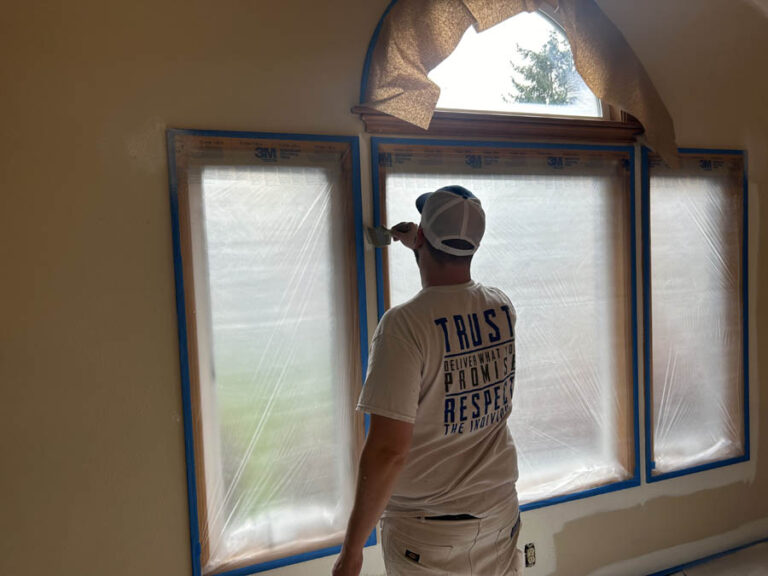
Factors to Consider
Professional painters and color consultants employ a series of questions to determine the most suitable paint finish for your project:
- Objectives: What are your ultimate goals for the space?
- Substrate Compatibility: Can your surface handle the chosen finish?
- Budget: Is your budget sufficient to achieve your desired outcome?
- Surface Condition: How damaged or uneven is the surface being painted?
- Longevity: How long do you expect the paint job to last?
- Property Type: Is this a permanent residence or a rental property?
- Maintenance: How frequently do you intend to clean the painted surfaces?
- Traffic: Is the area subject to high foot traffic?
- Environmental Factors: Do you have young children or pets that may impact the durability of the finish?
We really do ask all these questions in order to gain a deep understanding of the project and deliver exceptional, professional results.
Expert Guidance
Unlike other painters who simply ask what you want and leave it at that, we take a proactive approach. We guide you through the decision-making process and offer recommendations based on your unique circumstances. Our goal is to earn your trust and ensure your complete satisfaction with the final result.
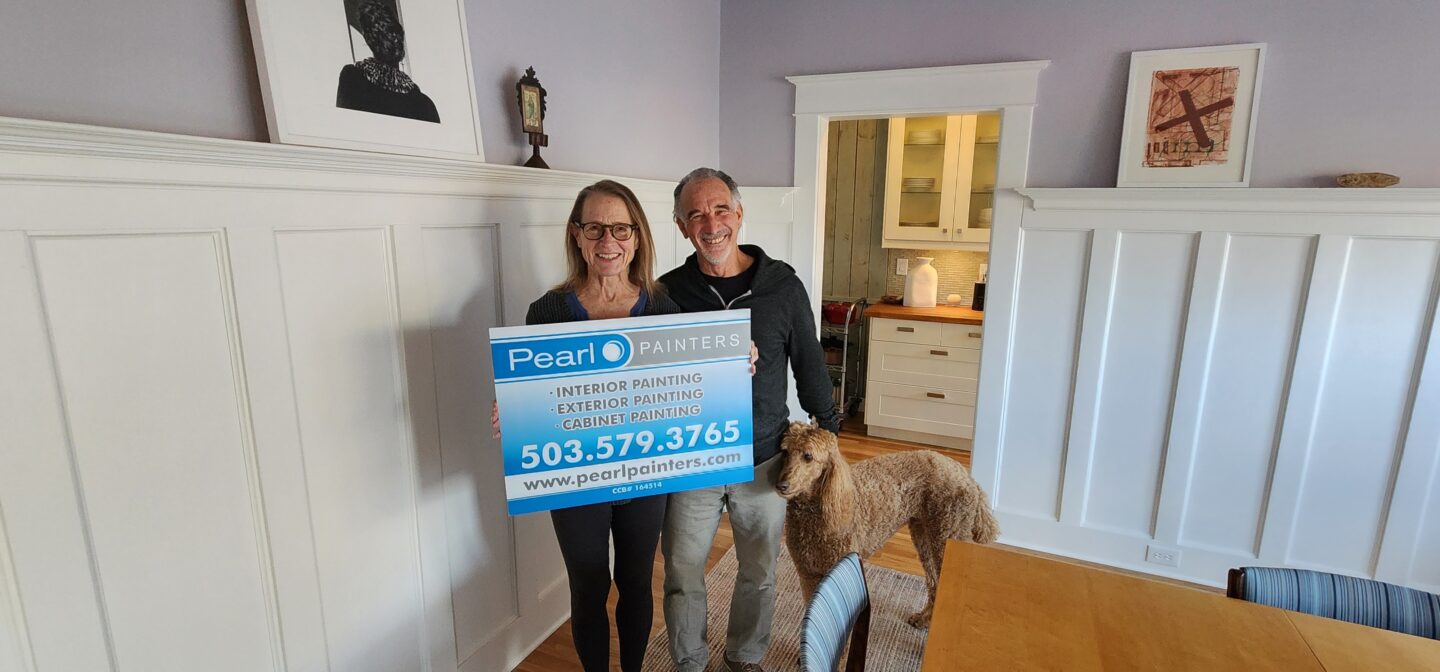
A Deeper Understanding of Sheen Levels
The sheen level of a paint plays a crucial role in its appearance and performance. Here’s a brief overview of common finish levels and characteristics that will help determine whether or not they are a good pick for various rooms and features of your home:
- High-Gloss: Offers superior reflectivity and washability, but highlights surface imperfections.
- Semi-Gloss: A bit less shine than high-gloss, and often favored for trim.
- Satin: Strikes a balance between gloss and matte, providing durability and ease of cleaning.
- Eggshell: Slightly higher sheen than matte, offering enhanced durability while minimizing surface imperfections.
- Matte: Absorbs light and does well at hiding flaws, ideal for areas with less-than-perfect surfaces where you want to minimize sheen without going full flat.
- Flat: No gloss, and the best choice for hiding imperfections. Flat paint is typically used on ceilings for this reason.
Keep in mind that while these finishes are the typical options available, many manufacturers offer a range of options. Satin from one company could have higher sheen than semigloss from another. Additionally, two lines of paint from the same manufacturer often have different levels of sheen even if both are labeled as satin.
The Impact of Sheen on Color Perception
It’s important to note that the same color can appear drastically different depending on the chosen sheen level. Professional painters understand this phenomenon and can offer guidance to ensure the desired aesthetic outcome is achieved.
For example, let’s say you purchase samples of paint from the same manufacturer in the exact same shade of blue, but one is satin and the other is eggshell. Paint them side by side on a wall and they will look like two different shades of blue. Walk around the room to minimize the light reflection and you may get closer to the two shades looking more identical.
It’s incredible how much of an impact finish can have on the final color result.
Exterior Considerations
When it comes to exterior painting, all of the considerations we’ve already discussed remain true. But there are additional factors that come into play:
- Surface Texture: High-gloss finishes accentuate the texture and imperfections of the surface, while matte finishes minimize it.
- Sunlight Exposure: Dark colors may fade more quickly in direct sunlight due to oxidation.
- Material Composition: Understanding the properties of exterior materials is essential for selecting an appropriate finish.
- Ease of Cleaning: Paints with a higher gloss finish are less prone to collecting webs, pollen, and dust. This keeps them cleaner for longer periods of time. Paint with lower sheen is more likely to get the same debris stuck to it, necessitating more frequent cleaning.
As you can see, there are pros and cons to the different finishes available for exterior paint, which is why it’s so important for a professional to assess your house and have an in-depth discussion with you to determine the best finish for the exterior of your home.
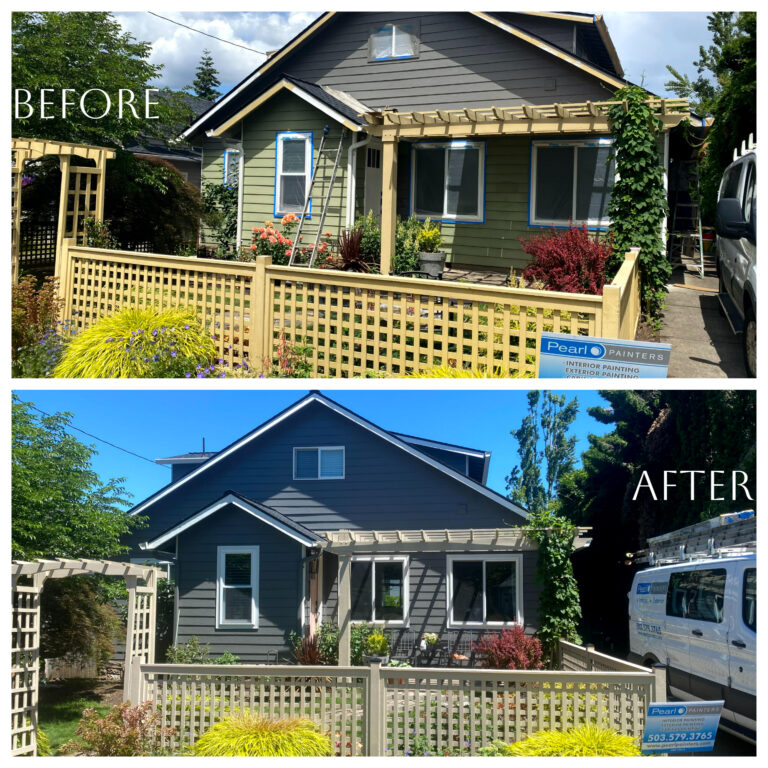
Garage Doors and LRV
Garage doors are a special consideration for exterior painting due to the variety of materials that they are made with. This is especially true if the materials are composite or manmade, including fiberglass and plastic. These materials have a direct impact on what finish to choose when painting your garage door.
It all comes down to “light reflective value,” or “LRV,” which is measured from 0 to 100. Lower numbers typically include dark paints, while higher numbers are assigned to lighter paints. LRV tells you how much light is reflected, which in turn also tells you how much is absorbed.
Black paint doesn’t reflect light, which means it absorbs quite a bit. The opposite is true for white paint: it has a high LRV, meaning it reflects a lot of light, and doesn’t absorb very much.
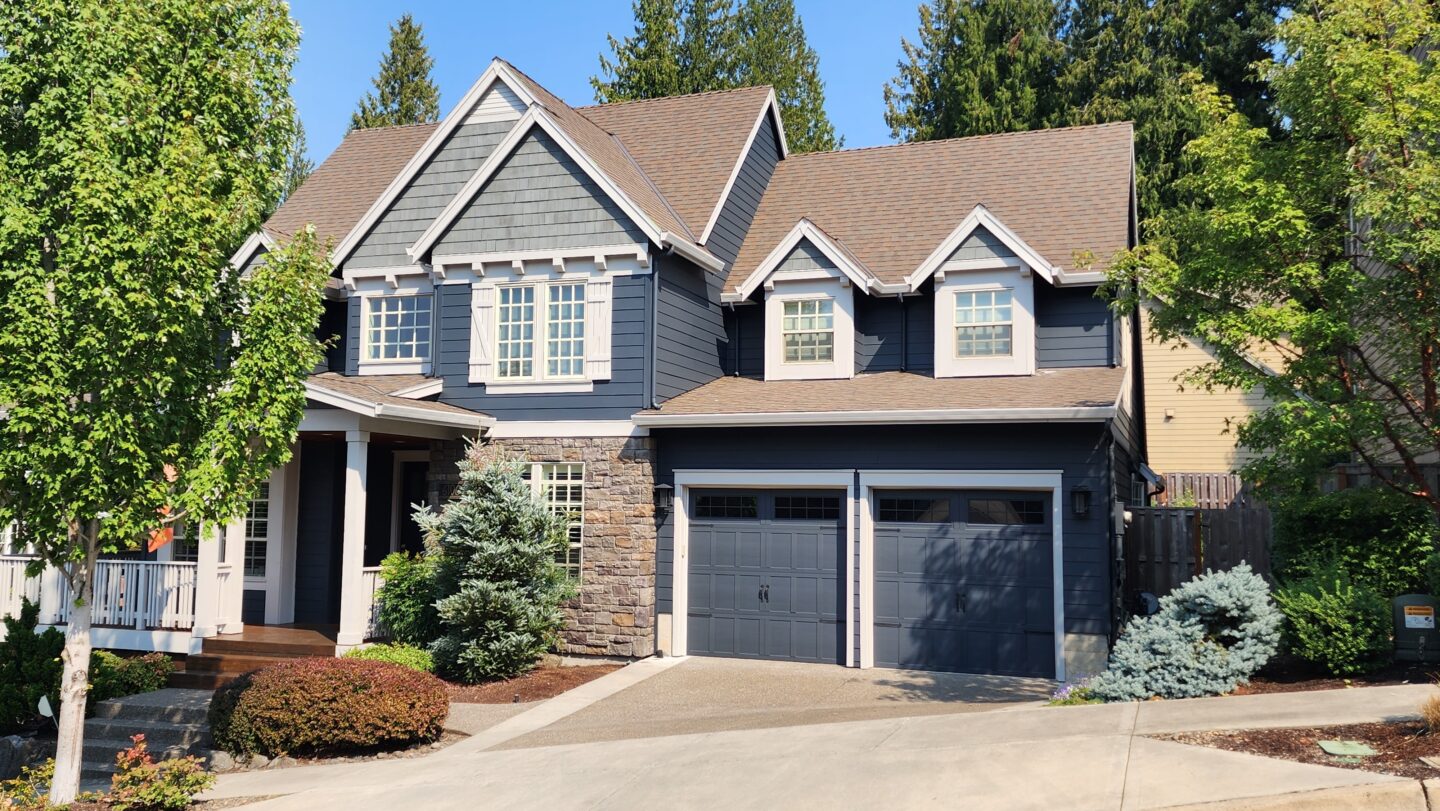
Why does this matter for your garage door? The materials that comprise your garage door dictate the LRV you can use. If you use a low LRV (a dark color) paint, that garage door will get very hot when exposed to the sun (as most garage doors often are).
When garage doors get this hot, multiple things end up happening, including significant damage to the door itself. This looks like warping, cracking, or wrinkling. You’ll also end up with a hot garage, which leads to a hot home.
Contrast that with a lighter paint color, especially one with a higher sheen level. This has a higher LRV, which increases reflectivity and lowers the amount of heat the painted surface absorbs. This combination can ultimately help keep your home cooler while minimizing damage to the painted material.
Also, keep in mind that while LRV is usually a consideration for garage doors, it certainly applies to any area that gets a lot of sunlight, such as caulking and front doors.
In Summary
Picking the right paint finish requires careful consideration and expert guidance. At Pearl Painters, we’re committed to providing personalized recommendations and professional insights to ensure your project’s success. Trust us to deliver exceptional results tailored to your unique needs and preferences.


